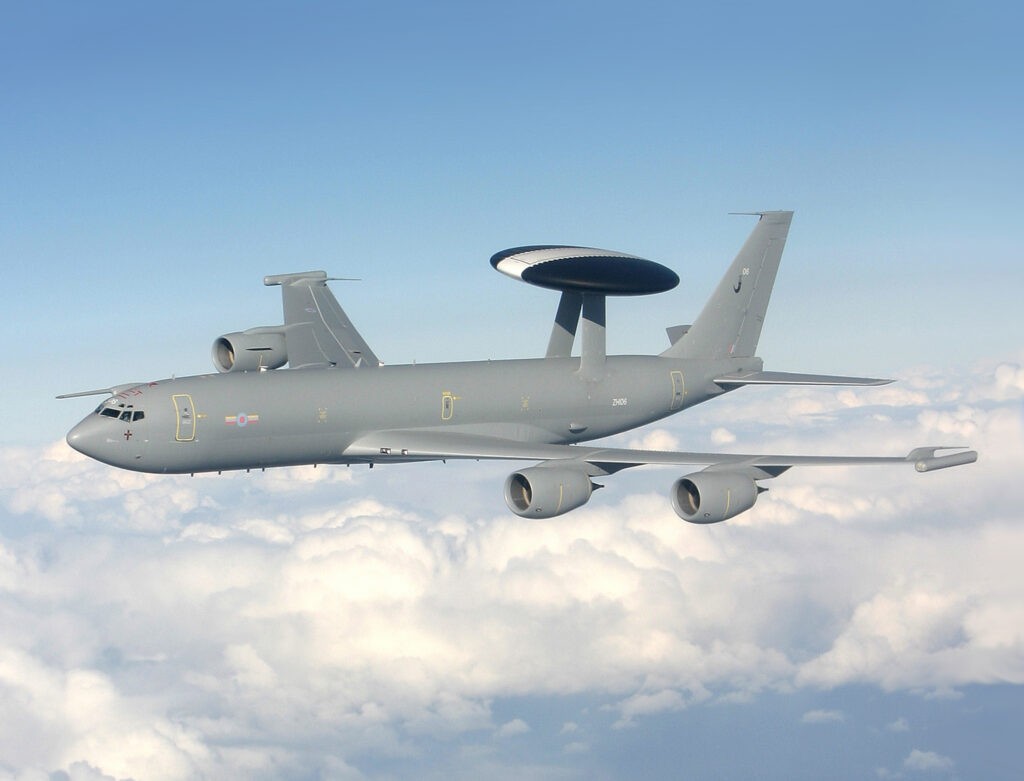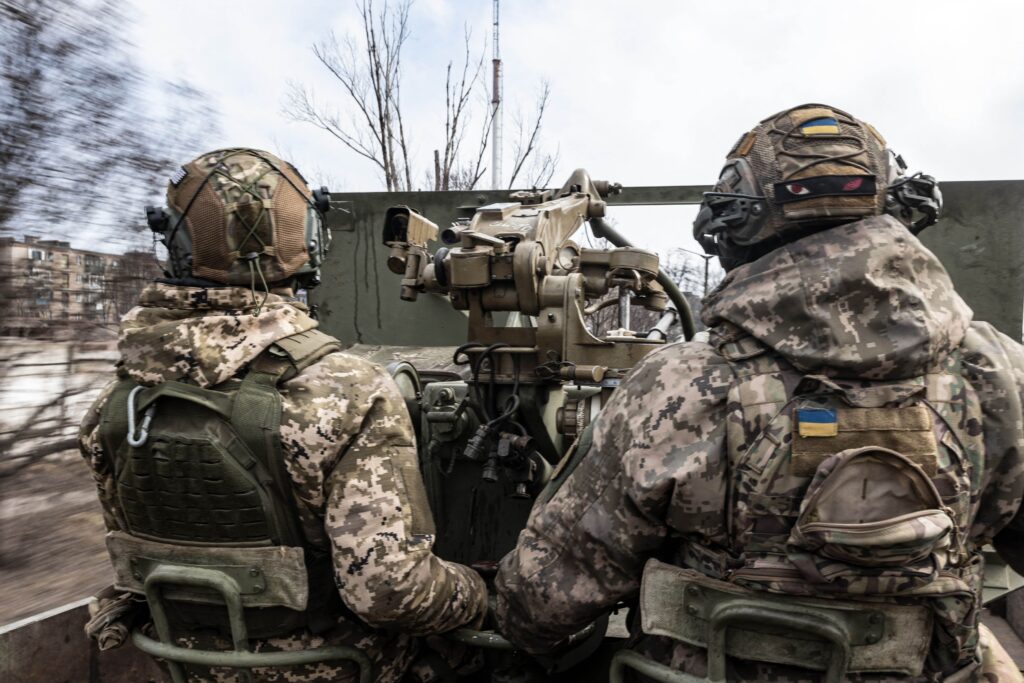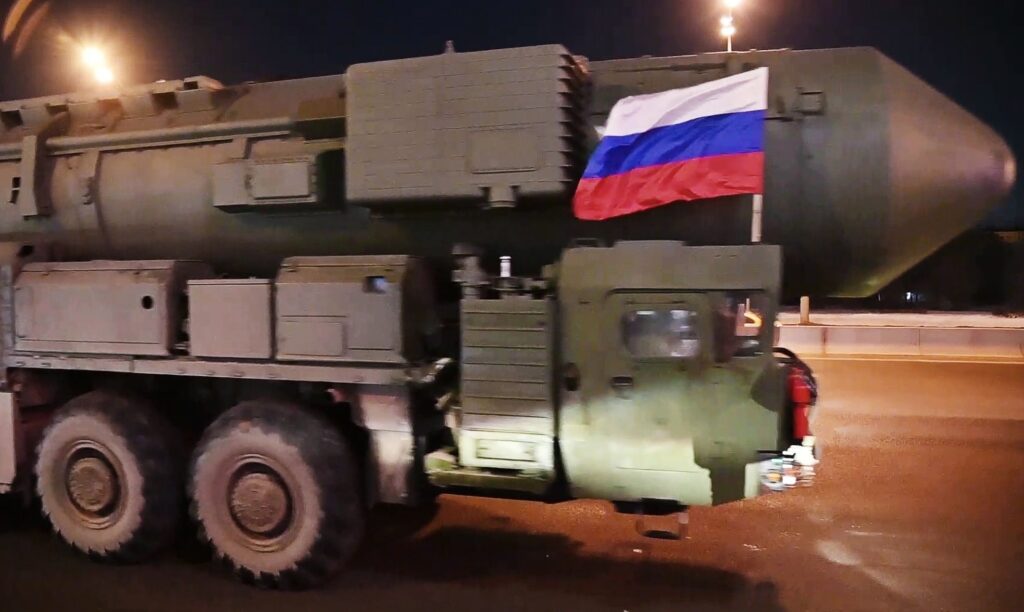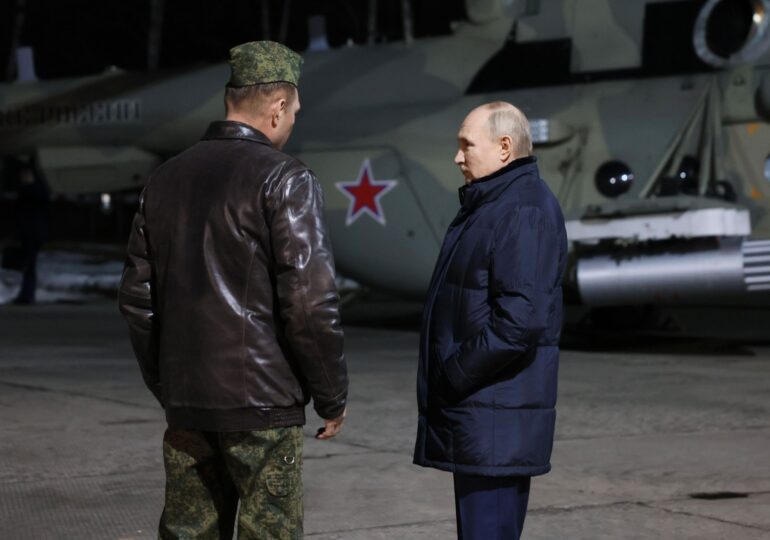Vladimir Putin’s Great Asset in Relations with the US and Europe, Over Two Years After the Invasion of Ukraine, Remains the Threat of Launching a Nuclear Attack.
The greatest responsibility of NATO leaders since the beginning of the war has been to prevent the bloody conflict in Ukraine from turning into a nuclear one.
The danger of the disappearance of human civilization is real, and no one can afford to ignore the challenges posed by Russia and the possibility that Putin’s dictatorial regime may head in such a direction.
When the question arose of Ukraine using long-range missiles to strike targets in Russia, the reaction of Dmitri Medvedev, Vice President of the National Security Council responsible for promoting the Kremlin's "nuclear" discourse, was: "What does this mean (i.e., striking Russian targets with Western missiles)? It means one thing - it risks activating paragraph 19 of Russia's state policy foundations in the field of nuclear deterrence, and this must be known." (Medvedev on his Telegram account, cited by Reuters).
The Only Way
Despite the loss of human lives in Ukraine, the destruction of civilian homes, schools, and kindergartens due to brutal and cynical attacks by Russia since the conflict began, there has always been a greater danger looming over the conflict, that of triggering a nuclear war.
The Russian army has been embarrassed on the front lines. It has lost nearly 3,000 tanks and around 300,000 combatants have been taken out of combat by Ukrainian forces, either killed or seriously injured.
With a rigid command system, outdated military equipment, and untrained soldiers, Russia has become bogged down in a conflict for which it has no solutions, keeping the ace of nuclear threat up its sleeve.

Since the start of the war, the US and its allies have been trying to find the "magic formula" to prevent Vladimir Putin and those in his circle of power from launching a nuclear attack.
The only way, a complicated one, full of risks and possible surprises, has been and remains the breaking of the command chains between the supreme leader, the one with the nuclear briefcase, and the officers who act to launch any kind of atomic attack.
Such deterrence of those in the political and military system is not possible without quasi-total informational control over Russia.
Ukrainian Espionage, a Support for Allies
Since the invasion began, NATO representatives have launched thousands of reconnaissance and information-gathering missions in Russia using technological means, with spy planes, antennas, radars, and satellites.
This has been complemented by collaboration with Ukrainian forces, who have managed, through intelligence operations, to place agents and penetrate many layers of the political regime in the Kremlin.
"In more than 200 interviews, current and former officials from Ukraine, the United States, and Europe have described a partnership that, at first, almost foundered due to mutual distrust, but then steadily expanded, turning Ukraine into an information collection center that intercepted more Russian communications than the CIA station in Kiev could initially handle," write journalists Adam Entous and Michael Schwirtz, in an article published by the New York Times in February.

The ability of Western agencies to monitor communications in Russia, to quickly receive and process messages from their own spies, as well as from key individuals scared of the direction the country is heading, represents a key step in blocking a possible nuclear attack decision from the Kremlin.
Russian Nuclear Forces Under Close Watch
The US alert, made public on March 7, 2024, warning of a possible terrorist attack in Moscow, ignored by Russian authorities and followed by the violent attack, is a concrete confirmation of the refinement reached in terms of informational control over the Russian space.
The achievement of learning about events before the target of an action is the best news for humanity since the beginning of the conflict initiated by Putin, that there is a possibility for authorities of Western states to be informed in advance of even the smallest preparation by the Russians for a nuclear attack.
If you know, you can act. If you know in advance, you can also prevent.
"Obviously, we have given high priority to tracking and have had a certain ability to track at least these movements of Russia's nuclear forces. At no time have we seen any indication of the types of measures we would have expected them to take if they were to go down the path of using nuclear weapons," stated an anonymous US official to CNN.
Since the start of the war, a large portion of US and NATO resources has been used to monitor, at all levels, any movement around Russian nuclear weapons.
A Double-Edged Sword
At least until now, despite periodic threats from Moscow by various officials, including Putin, there have been no indications that Russia is preparing for a nuclear attack, even of lesser importance for tactical purposes.
The balance of power in this type of confrontation is delicate. For example, what will happen if Vladimir Putin decides to launch a tactical nuclear bomb in Ukraine, and his order faces resistance from the military?

Even if there is no refusal to carry out the order at the level of Shoigu or Gerasimov, many things can happen at a lower level of decision-making. Putin is aware that such an order would backfire on him, sparking a rebellion.
This is how paragraph 19 of the Kremlin's military strategy must also be understood, which speaks of an existential threat to Russia.
Meaning, when the order is given, the danger must be so great that the country's existence has been called into question, assuming that such solidarity will be achieved throughout the hierarchical chain that could lead to the launching of a nuclear attack.
A Complicated Aid
A weakened Vladimir Putin, isolated internationally, without victories on the front lines and solutions, is hard to believe can launch a nuclear attack to maintain political power.
Although we are further from the possibility of a nuclear bomb being launched from Russia than we were two years ago, the nuclear threat has not passed and will not pass as long as these types of weapons exist.
Until then, all human efforts must be made to deter the use of such a solution in a military confrontation.

